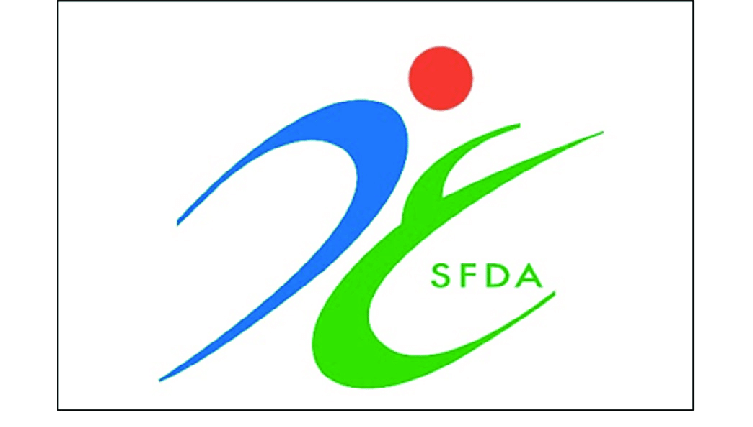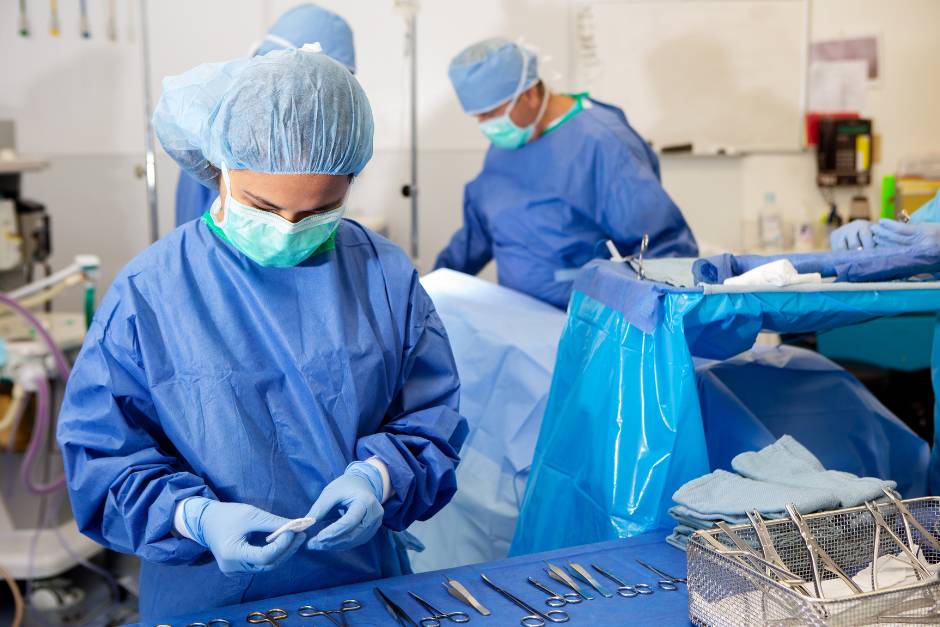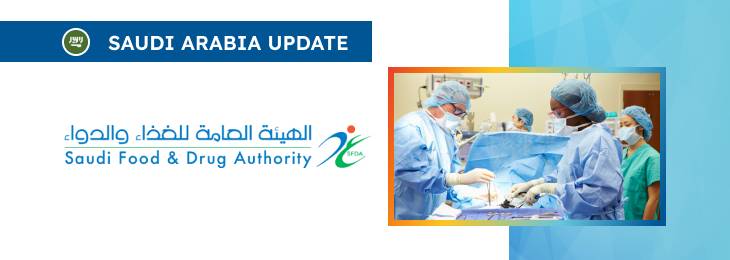The article highlights the critical points associated with the regulatory framework for surgical sutures intended to be marketed and used in Saudi Arabia.

Table of content
The Saudi Food and Drug Authority (SFDA), the country’s regulatory agency in the sphere of healthcare products, has published a guidance document dedicated to surgical sutures and the approach to be followed in order to assess the safety and performance of medical devices.
The document provides an overview of the applicable regulatory requirements, as well as additional clarifications and recommendations to be taken into consideration by medical device manufacturers and other parties involved in order to ensure compliance thereto.
The authority also reserves the right to change the guidance and recommendations provided therein, should such changes be reasonably necessary to reflect corresponding amendments to the underlying legislation.
Introduction
The present guidance document is intended to facilitate compliance with the SFDA Requirements for Medical Devices Marketing Authorization (MDS-REQ 1) for manufacturers and authorized representatives of surgical sutures, with or without needles.
Its primary goal is to ensure that surgical sutures meet the essential safety and performance principles as outlined in MDS-REQ 1, and thus could be permitted for marketing and use in the country.
The scope of the guidance covers surgical sutures used for general soft tissue approximation and wound closure/support.
According to the document, applicants seeking marketing authorization must furnish proof of compliance with relevant standards and essential safety and performance principles.
The document specifies the need for fulfilling all requirements and test methods as per the applicable standards and provides a procedure for justifying any non-compliance to the SFDA.

Regulatory Background
The SFDA has issued this guidance in line with the Medical Devices Law and its implementing regulations, emphasizing the requirements for marketing authorization and the approval of Saudi Arabian medical device standards, including those pertaining to surgical sutures.
Composition and Materials
First of all, the document addresses the matters related to composition and materials, as well as the regulatory requirements associated thereto.
Surgical sutures are classified based on composition and absorption properties, ranging from sterile catgut made from mammalian collagen to non-absorbable sutures of various origins including animal, vegetable, metallic, and synthetic materials.
The document details the materials used, such as silk, linen, polyamide 6, polyamide 6/6, polypropylene, stainless steel, and PVDF, emphasizing their manufacture, properties, and intended use.
General Requirements for Biocompatibility and Sterilization
The document further describes in detail the requirements surgical sutures should meet in the context of biocompatibility and sterilization such products should undergo to ensure patient safety.
Biocompatibility Evaluation
By the applicable regulatory requirements, medical device manufacturers must conduct biocompatibility evaluations according to ISO 10993-1, considering factors such as material composition, contact duration, and nature of body contact.
This evaluation covers a wide range of tests including cytotoxicity, sensitization, irritation, pyrogenicity, acute systemic toxicity, sub-acute/sub-chronic toxicity, chronic toxicity, hemocompatibility, genotoxicity, and implantation effects.
Each test aims to ensure that the sutures pose no undue risk to patients.
Sterilization
Surgical sutures must be supplied sterile, with a sterility assurance level (SAL) of 1×10^-6.
The document outlines the importance of selecting an appropriate sterilization method (e.g., Ethylene Oxide, Gamma radiation) compatible with the product and packaging materials.
Standards such as ISO 17665-1, ISO 11135-1, and ISO 11137-1, among others, provide the framework for effective sterilization processes, and thus should also be taken into consideration by medical device manufacturers
Shelf Life and Labeling
Manufacturers are required to determine the shelf life of their products through real-time and/or accelerated aging tests, following ASTM F1980 guidelines.
The real-time aging testing should validate the results obtained from accelerated aging tests.
Product labeling must adhere to SFDA requirements and applicable standards, providing essential information to correctly identify the product.
This includes gauge number, length, suture type, material composition, needle characteristics (if applicable), and sterilization method.
Conclusion
The present guidance provides a comprehensive overview of the applicable regulatory framework. It aims to ensure that manufacturers and authorized representatives of surgical sutures with or without needles can achieve compliance with the relevant essential safety and performance principles.
The document provides extensive clarifications regarding biocompatibility evaluations, sterilization methods, shelf life determination, labeling requirements, and other crucial elements to be considered to ensure patient safety and product efficacy in the medical device market.
How Can RegDesk Help?
RegDesk is a holistic Regulatory Information Management System that provides medical device and pharma companies with regulatory intelligence for over 120 markets worldwide. It can help you prepare and publish global applications, manage standards, run change assessments, and obtain real-time alerts on regulatory changes through a centralized platform. Our clients also have access to our network of over 4000 compliance experts worldwide to obtain verification on critical questions. Global expansion has never been this simple.

